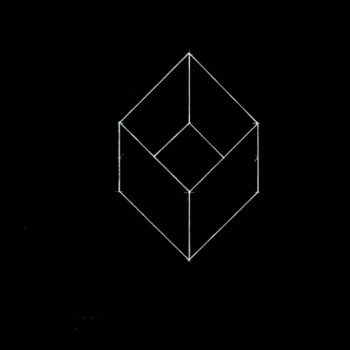We begin with #x^2-14x=0#. I like to deal with equations in standard form (#color(red)(a)color(green)(x)^2+color(blue)(b)color(green)(x)+color(orange)(c)#), so I'll just rewrite this to #x^2-14x+0=0#. From here, we need to solve for #x#, and we need to do that by completing the square. Completing the square is a method where we take an equation that is not a perfect square and find a value that could make it factorable.
For us, our first step is to make sure that the #color(red)(a)# in #color(red)(a)color(green)(x)^2+color(blue)(b)color(green)(x)+color(orange)(c)# is a #1#. Is that the case for #x^2-14x+0=0#? Yes, it is.
Now we take the second coefficient (#color(blue)(b)#), and divide it in half (#-14/2#), in our case giving us #-7#. We then take that value and square it, giving us #49# (#-7^2#). We take that number and add it to our equation, like this:
#x^2-14x+49+0=0#.
WAIT!!!! We just added a random number into this equation! We can't do that. We need to keep the equation equal. We could add a #49# on the other side, or we could just subtract the #49#. Then the numbers cancel each other out and don't change the value of the equation.
NOW we have #x^2-14x+49-49+0=0#. Now, we went to a lot of effort to get #x^2-14x+49#, because this is a perfect square. We can rewrite that part of the equation into #(x-7)^2#. We still need to deal with #-49+0#, so we just combine them to give us #-49#. Put it together and we get #(x-7)^2-49=0#.
Now we just need to solve for #x#. I'll go through this part quickly.
#(x-7)^2-49=0#
#(x-7)^2=49#
#sqrt((x-7)^2)=sqrt(49)#
#x-7=+-7#
#x=7+-7#
#x=0, 14#

